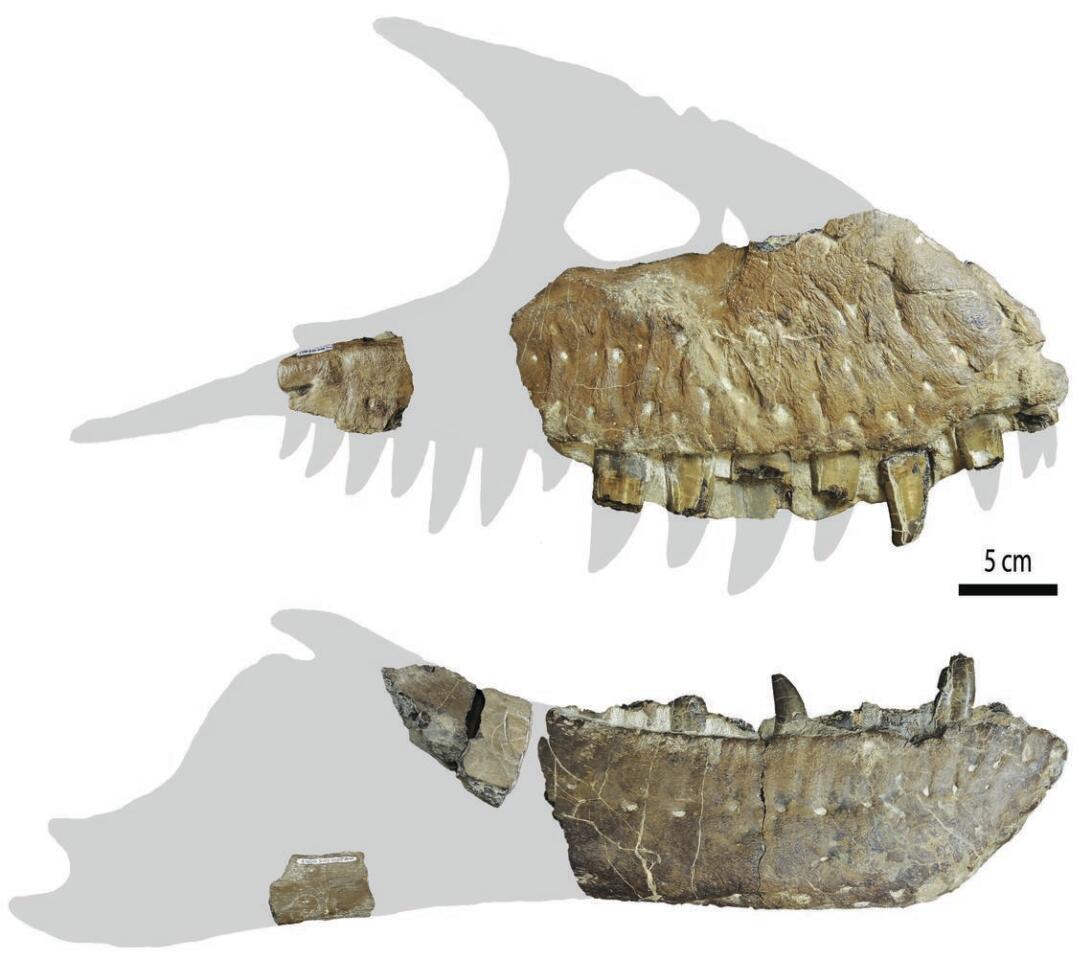An older relative of the famous Tyrannosaurus rex with the very cool name meaning "Reaper of Death" has been identified by paleontologists from the University of Calgary and Royal Tyrrell Museum. Uncovered in the Canadian province of Alberta, Thanatotheristes degrootorum lived 79 million years ago, making it the oldest known tyrannosaur from northern North America.
One of the largest predators to ever walk the Earth, Tyrannosaurus rex has become so much a part of popular culture that it's easy to forget that the tyrant lizard king is one of over 50 major species plus related genera spread over many millions of years. These relatives not only come in various sizes but also show distinct adaptions to their environments.
According to the team, Thanatotheristes is the first new tyrannosaur species identified in Canada in 50 years and came from an earlier timeframe than previous tyrannosaurs in the Late Cretaceous period. It also provides new insight into how these dinosaurs evolved.
"With this new species, we now know that tyrannosaurs were present in Alberta prior to 77 million years ago, the age of the next-oldest tyrannosaur," says François Therrien, curator of dinosaur palaeoecology at the Royal Tyrrell Museum. "We can tell from the skull how Thanatotheristes is related to the other, better-known tyrannosaurs from Alberta."

Like many discoveries in the field of paleontology, the Reaper of Death wasn't just dug up recently. It was found by John and Sandra De Groot, for whom the species was named, on the shore of the Bow River near Hays, Alberta, in 2010. The bone fragments of parts of the skull and the upper and lower jawbones then languished in a drawer at the Royal Tyrrell Museum until early 2019 before being examined by PhD student Jared Voris, who noticed that this was something new.
"We found features of the skull that had not been seen before in other tyrannosaurs," says Voris. "The fossil has several physical features, including ridges along the upper jaw, which clearly distinguishes it as being from a new species."
Subsequent analysis indicated that the 8-m-long (26-ft) Thanatotheristes was a close relative of the tyrannosaur species Daspletosaurus torosus and Daspletosaurus horneri and shared their longer, deeper snouts and more teeth in the upper jaws than those uncovered in the United States, giving it a more bulldog-like face.
Voris says that Thanatotheristes fed on large plant-eating dinosaurs and its size and skull shape show how tyrannosaurs adapted to different environments to increase their chances of success, similar to the way modern great cats evolved into lions in the savannas of Africa and tigers in the jungles of Asia.
The research was published in Cretaceous Research.
Source: University of Calgary







